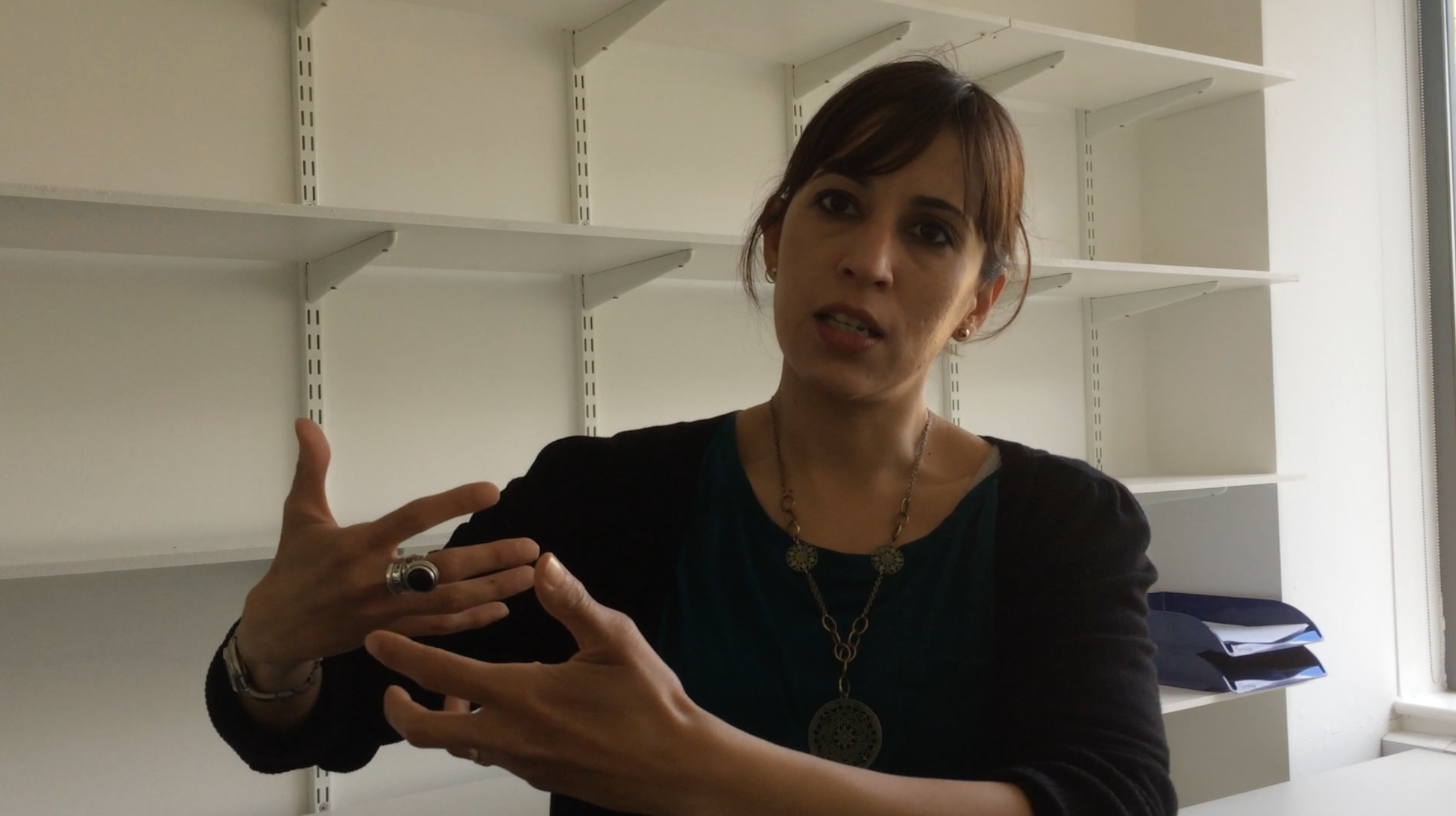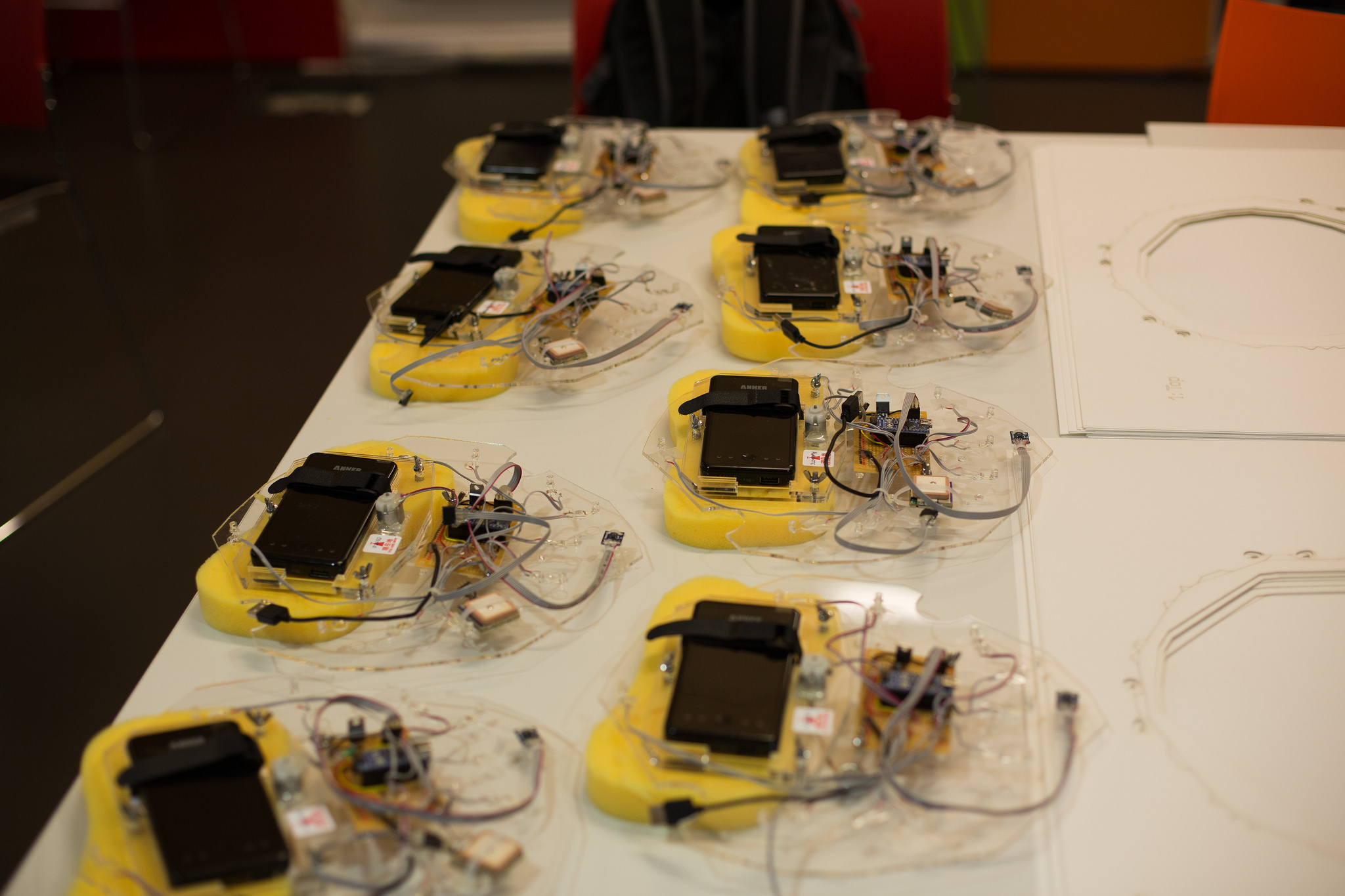The energy generated after my visit to CeMoRe in the summer of 2016 is still swirling around me in ways that are both pleasurable and intellectually unsettling. Both states are no doubt useful, welcome, and indeed necessary accompaniments to any honest scholarship. Pleasurable, because of the range of rich conversations, research and ideas I was introduced to through the projects associated with the center—Livable Cities, the Institute for Social Futures and the Mobilities Lab to name a few. This reminded me that mobilities is not just a powerful tool to think and “do” research with but that scholars who work with this toolbox truly enjoy what they do and that mobilities animates not just their scholarship but also their pedagogy and their lives. The inspiring energy of Monika Büscher who directs CeMoRe and the lived life of mobile methodologies that animate her work and her writing were an exemplar of both this joy and this full immersion in the work.
My encounter with the new mobilities paradigm was rather accidental. I am an urban anthropologist of South Asia conducting my research in places far-removed empirically and analytically from the places where the paradigm was being discussed and debated.
Intellectually unsettling because it provoked me to conceptualize my project in quite different ways—this provocation is represented by a small word, but one with a big and long place in social theory—utopia. 2016 marks the 500th year anniversary of Thomas More’s book on the subject so at CeMoRe this was an auspicious year to think about what utopia means to a 21st century social theory and methodology. For me, this thinking began at the discussions following my public lecture at CeMoRe on May 31. Richard Tutton’s introductory framing of mobile utopias provided the much needed leap into this area of thinking for me. The CeMoRe Away Day on June 2 became a more focused place to discuss, visualize and materialize “mobile utopias” through objects. It was also a wonderful place to meet students, staff, and other visiting fellows associated with CeMoRe. The astonishingly diverse research that people are engaged in was another glad reminder of how generative the tool-box of mobilities thinking can be. These provocations around utopia were certainly what I have taken away most seriously even if what brought me to CeMoRe was my interest in other, albeit related things. Though, in thinking about what marks a successful research visit I see that it is when you take back with you things that are most unexpected. I see now that my project that deals with the shifts in Mumbai’s taxi-trade and the efforts to modernize cars, drivers and taxi-fleets is about competing dimensions of the “not-yet” as much as it is about the social life of driving— competing utopias produced both from above and from below. In that, for me this visit was an absolute gift. Therefore, I am unsettled intellectually but pleasurably nevertheless!
My encounter with the new mobilities paradigm was rather accidental. I am an urban anthropologist of South Asia conducting my research in places far-removed empirically and analytically from the places where the paradigm was being discussed and debated. As it common in accidental encounters in social theory, I moved through this terrain backwards so to say—using the later provocations to lead me to the fundamental early ideas of the work on mobilities. I dipped tentatively into the analytical pot quite unaware at the time that this work would shape much of what I would do with my current project and indeed rethink work already written. This dipping is where I first met the work of John Urry and became aware of the powerful and deeply collaborative work coming out of the University of Lancaster. I am working on a book that is an anthropological history and ethnography of drivers and others connected to the taxi-trade in the Indian city of Bombay/Mumbai from the late 19th century to the present. Because the city of Mumbai is looking to the city of Singapore as a “model” for modernization of the taxi industry I have also been using mobile methods to travel between these cities with consultants, urban planners and taxi-union representatives tasked with implementing the Singapore model in Mumbai. Therefore I am interested in the movement of both ideas and people, how these ideas about moving people around the spaces of cities themselves move between different cities, and how, in turn, these ideas then transform automobilities and the lives of the people who labor to move people about.
I am working on a book that is an anthropological history and ethnography of drivers and others connected to the taxi-trade in the Indian city of Bombay/Mumbai from the late 19th century to the present
Because of my interest in drivers, I picked up the brilliant 2004 Theory, Culture and Society volume where I read Urry’s article on “The System of Automobility,” I read this article at least six times before I promptly went out and bought two of John Urry’s books, Mobile Lives and After the Car, co-authored by Anthony Elliot and Kingsley Dennis respectively. Then I went back to Sociology Before Societies and Mobilities both of which I read with a graduate student in a research reading course at my home institution at the University of Illinois, Chicago. Neither my student nor I will look at our work in the same way again. For me, while I work on transport and transport-workers, mobilities approaches have encouraged me to move beyond thinking not just of transport but of the various scales of mobilities and the social and political relationships that are constituted around modes of transport; in the words of John Urry, “movement, potential movement and blocked movement are all conceptualized as constitutive of economic, social and political relations.” It has provoked me to think about how automobility moves ideas and politics at the same time that it moves people. More importantly it provides a theoretical foundation that is humble enough to allow itself to be unmoored from the Western mobile experiences on which it is based—to produce perhaps an “Asian mobilities” or a “mobilities of the global south approach.” It has helped me conceptualize my project to deepen anthropological understandings of the complexities of non-Western mobilities, particularly non-Western automobilities. Conversations with Lynne Pearce and the generosity with which she shared proofs of her forthcoming book Drivetime have enriched my thinking even further.
For me, while I work on transport and transport-workers, mobilities approaches have encouraged me to move beyond thinking not just of transport but of the various scales of mobilities and the social and political relationships that are constituted around modes of transport
Sadly, John Urry passed away very suddenly just months before I arrived at Lancaster. However, the energy and spirit of debate and collaboration that seems to be so deeply woven into CeMoRe is testament to his continued presence. It is also testament to the kinds of sustained intellectual communities that are possible, but rarely present in the social and human sciences. Scholarly lives in the social sciences and humanities at least in the United States are generally solitary; there are places where ideas can be discussed but really no places where ideas can be actively produced. CeMoRe seems like a rare space where the collaborative generation of ideas is not just possible but inevitable—a utopia, a “not-yet” of sorts for many of us who continue to work alone.




